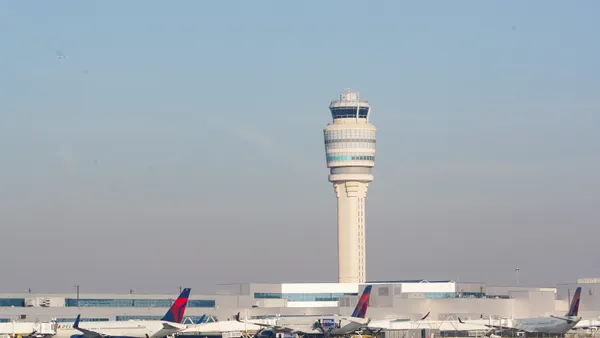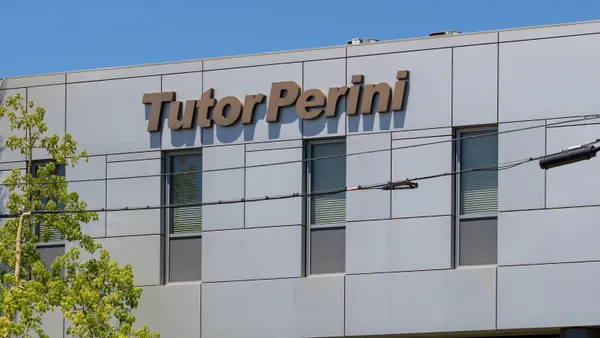Dive Brief:
-
The Florida Department of Transportation (FDOT) revised its plans for a new bridge between Tampa and St. Petersburg, FL, according to the Tampa Bay Times. The update will allow the new $750 million span to one day accommodate light rail and driverless cars.
-
This portion of the Howard Frankland Bridge will replace a span built in 1960. The eight-lane addition will work with a newer, existing span to handle a mix of tolled, non-tolled, bicycle and pedestrian traffic. An additional $190 million span referenced in the plans could accommodate a future light-rail system.
-
FDOT went back to the drawing board after local officials and residents pushed back on its first proposal, featuring just three lanes. Construction on the new bridge will begin in 2020, with completion scheduled for 2024.
Dive Insight:
In August, FDOT announced plans to build two new Interstate 275 lanes leading up to the Tampa side of the Howard Frankland Bridge in order to ease congestion. That project is expected to cost at least $25 million.
In addition to reducing traffic, Tampa and FDOT officials have plans to test connected and autonomous vehicles (CAVs) as the nation's lawmakers attempt to establish a legal framework for the technology.
In June, FDOT's Florida Turnpike Enterprise broke ground on a 400-acre test track where it will test technologies like high-speed tolling, smartphone-based payment and moveable barriers. The track is located in Auburndale, FL, and its first autonomous test bed should be finished by the spring of 2019.
Tampa, too, is joining the race to develop CAV. By the middle of next year, the Tampa Hillsborough Expressway Authority (THEA) plans to outfit approximately 1,600 vehicles with devices to measure braking distance, speed and other driver actions as they move through downtown Tampa. THEA hopes the use of wireless technology will lead to a reduction in accidents, a better flow of traffic and increased fuel efficiency.
At the national level, the U.S. Department of Transportation last month issued an updated set of voluntary guidelines for CAV shortly after the House passed legislation aimed at increasing the pace of the technology's development. The latter measure deals only with private vehicles, and it puts CAV regulation primraily in the hands of the federal government.













